Back Injuries

Back injuries can be among the most severe injuries that a firefighter can sustain on the job. Firefighters can suffer a back injury because of several inherently dangerous conditions, such as improper construction, faulty building maintenance, aging facilities, structural defects and falling debris. Depending on the severity, a back injury can threaten a firefighter’s career.
Firefighters often suffer from strains, sprains, bulging discs, herniated discs, soft tissue injuries, spinal cord injuries and fractures. These injuries often have a lasting impact that can impair a firefighter’s life and even force them into retirement. Back injuries may occur over multiple jobs in a career, or during one significant accident. In either case, a firefighter may be permanently injured and forced to retire.
If you have hurt your back in an accident, call us for a consultation.
Burns

Fires are burning hotter and faster than ever given the new chemicals used on furniture and else where around the house or business. Burns can be a severe hazard for firefighters. They can affect muscles, tendons, and even bones, leading to nerve damage or damage to internal organs. Burn injuries can arise under countless circumstances when fighting a fire including equipment failure and prolonged exposure to intense heat that permeates the gear.
Burn injuries can range from first-degree to fourth-degree and can include scald burns, flame burns and contact burns. They also can be progressive in nature, meaning some transform from a minor to a major injury over the course of time.
If you have suffered a burn and want to protect your rights, please contact us for a consultation.
Toxins
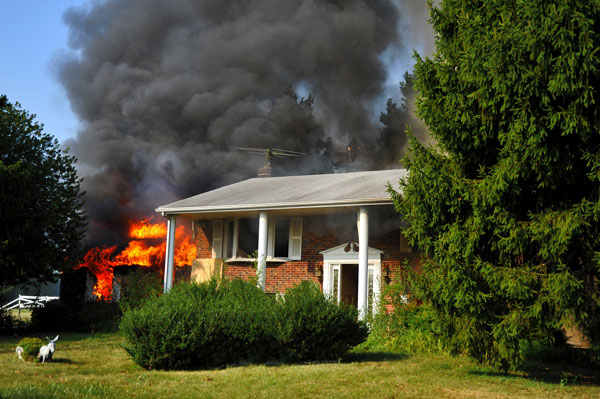
Firefighters can be exposed to toxic chemicals, either through direct contact with the skin or inhalation. Chemicals are often released during a fire by materials inside a premises, such as water pipes, wiring, furniture and walls. Studies have shown that firefighters are frequently exposed to significant concentrations of hazardous materials and toxic air contaminants, including carbon monoxide, benzene, sulphur dioxide, hydrogen cyanide, aldehydes, hydrogen chloride and particulates.
At Sullivan Papain Block McManus Coffinas & Cannavo, we protect the rights of clients who sustain an injury – either immediately after exposure to toxins or because of the long-term effects of an exposure to toxic material. Please contact us if you feel that your circumstances warrant a consultation and our investigation.
Explosions
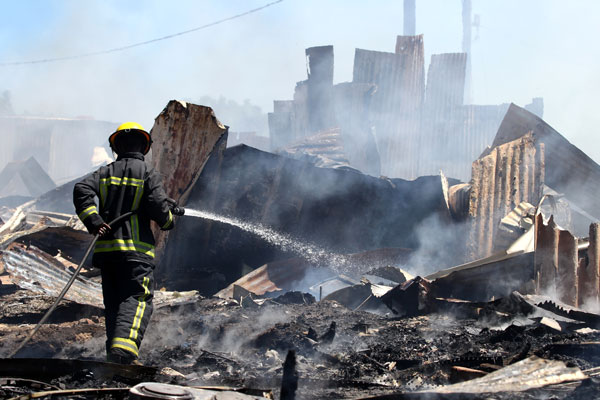
The number of runs made by the FDNY in response to gas leaks has risen rapidly in recent years. Gas leaks pose extremely dangerous risks to firefighters. For instance, gas explosions leveled buildings in both the East Village in 2015 and in Harlem in 2014.
Gas-related incidents are not the only type of explosions that firefighters face. Explosive materials left unprotected in a burning building can also be devastating. In these circumstances, the risks are amplified because firefighters aren’t aware that a danger exists within a building.
Building owners and tenants are responsible for keeping their property in a reasonably safe condition. Likewise, Con Edison and other utility providers have a responsibility to provide properly maintained equipment and safe service to properties in the City of New York.
Sullivan Papain Block McManus Coffinas & Cannavo (Sullivan Papain) has confronted a variety of explosion cases and can help to identify who is at fault. When firefighters are injured as a result of an explosion, SPBMC can apprise them of their rights and hold the appropriate parties responsible.
Knee Injuries

Knee injuries often occur after a slip, trip or fall due to improper construction or faulty building maintenance. Many commercial and residential structures are inherently unsafe. Improperly constructed or maintained outdoor and indoor staircases and decks, un-level surfaces, and weakened floors are just a few examples of safety issues firefighters face.
Knee injuries can also occur in relatively commonplace circumstances — for example, when a firefighter sustains a cartilage injury when stairs collapse during a routine safety inspection. Tears in the meniscus, an ACL/MCL/PCL injury, re-aggravation of arthritis, joint effusion, and internal derangement of the knee can all be the result of an accident on the job.
Moreover, given the physical nature of the job firefighters often develop conditions over time. Unfortunately, it can only take one accident to aggravate a knee to the point that a firefighter becomes unfit for duty. If you have suffered a knee injury in an accident, call us for a consultation.
Trip and Fall/Slip and Fall
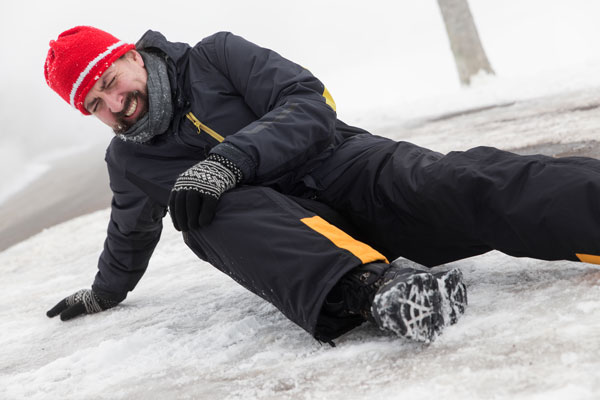
All too often, firefighters responding to an emergency situation are confronted with internal staircases and floors fraught with hazards that can cause them to slip and fall. Building owners have a duty to maintain safe entrances and exits — including for the men and women they rely upon in times of disaster.
At times, these issues are created by poor construction. In numerous cases, firefighters slipped because stairwells lacked the proper treads or sufficient banisters.
Moreover, falls are not limited to stairwells. Often, when firefighters enter a building to respond to an emergency, passageways and hallways are strewn with debris. Whether inside a building or at a construction site, codes are in place to protect firefighters and make sure that owners and occupiers maintain these arenas in a reasonably safe condition.
The attorneys at Sullivan Papain Block McManus Coffinas & Cannavo have decades of experience with this nuanced area of the law.
Toxic Exposure
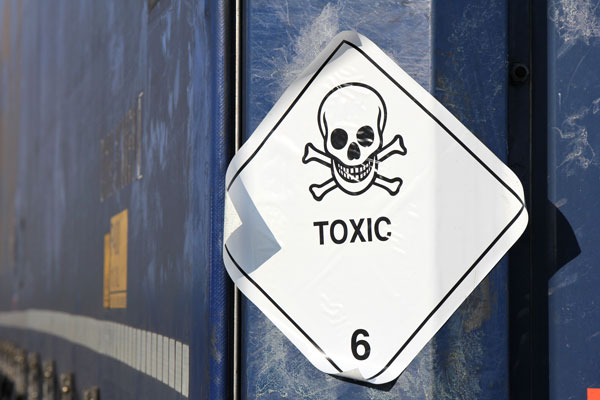
Exposure to toxic material is a significant risk for firefighters. Toxic materials come in many forms, including microscopic airborne particles. An example of this is the toxic dust that many first responders were exposed to during their heroic efforts at the World Trade Center following 9/11. The effects of this exposure may take months or even years to be detected in the form of respiratory ailments or certain types of cancer.
If you believe that you have been exposed to toxic materials, please contact us to speak with an experienced attorney. You may have an actionable claim against those responsible for your exposure injuries.
Shoulder Injuries

Shoulder injuries are one of the more common ailments that can afflict a firefighter in the line of duty. One way a firefighter can sustain a shoulder injury is from falling debris. Falling debris can occur because of improper construction or poor building maintenance at the premises at which the firefighter is responding.
In addition, shoulder injuries could be a product of improperly serviced equipment. Firefighters often suffer from rotator cuff pain, sprains and tendonitis resulting in limitations of motion, nerve damage, and surgery. These injuries can be the result of one accident or the result of a lifetime of working as a firefighter. Often, though, it takes one accident to take a firefighter from an injury he/she can cope with to a disabling issue. You should know your rights. If you have injured, or if you have re-injured your shoulder, please contact us for a consultation.
Wrongful Death
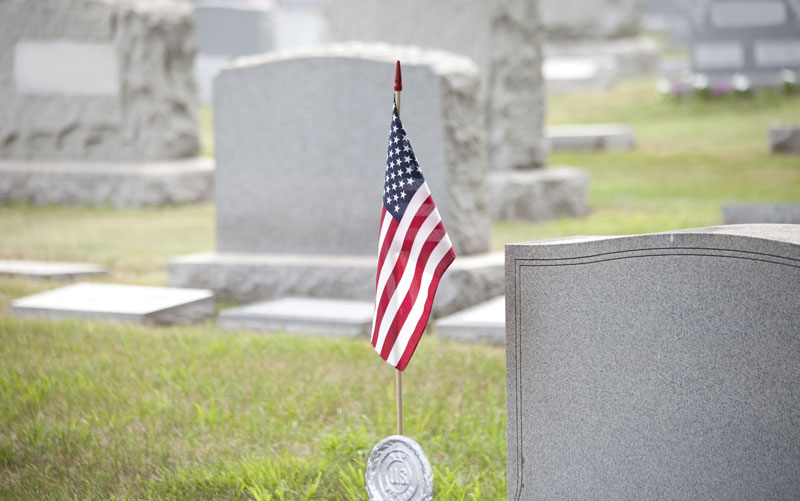
At Sullivan Papain Block McManus Coffinas & Cannavo (Sullivan Papain), we have a proud history of providing high-quality legal representation to the bravest among us – firefighters. Firefighters put their lives on the line protecting all of us. It is our honor to fight vigorously for their rights. We take action to protect against law-breakers, careless individuals, and negligent parties.
Unfortunately, firefighters sometimes make the ultimate sacrifice in the line of duty. Often times, that price is paid due to the carelessness or negligence of others, including but not limited to property owners, utility companies, or the City of New York. At SPBMC, we understand that the loss of life of a firefighter can have a devastating impact on those left behind. If you have confronted this awful circumstance, ask us to fight for you.
